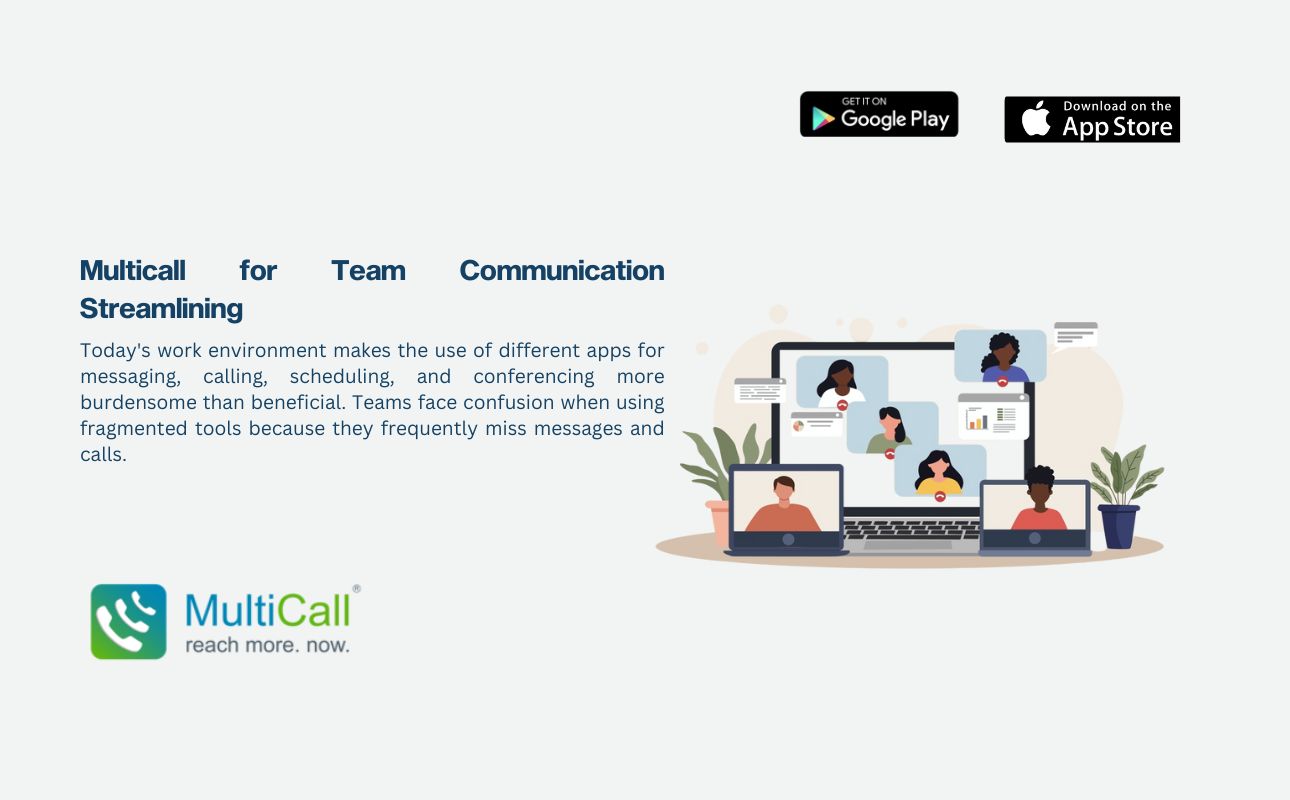5G , SDN and NFV
The smartphones of this day and age connect to the Internet by means of cellular networks, in which the areas for which service is provided are called cells. The connectivity requires technology, which has standards. Almost all the phones at present have third and fourth-generation technology standards. You know these as 3G and 4G.
The fifth-generation successor to them, or 5G is a critical key driver of the Telecom industry; specially for its future. With greater bandwidth, higher download speeds up to 10GB per second is promised under this new-tech! And once phones have this tech, they can even compete as internet service providers for laptops and computers. But 5G doesn’t stand alone.
Be it a building or a microchip, an architectural approach is required to enable it to be efficient, effective, and controlled. Networks have a need for a similar approach; and that is where Software Defined Networking (or SDN) comes in.
SDN allows the network to be programmed using software applications, to help operators manage the entire network with consistency regardless of the tech involved. Now, just as building designs are innovated upon, network designs are, too.













